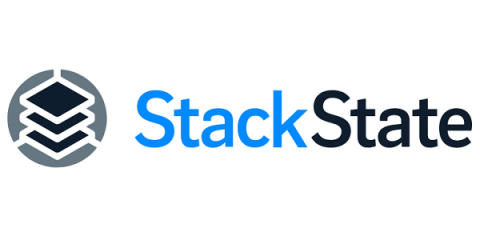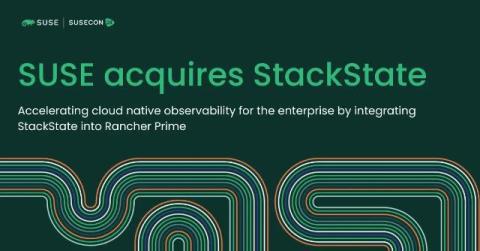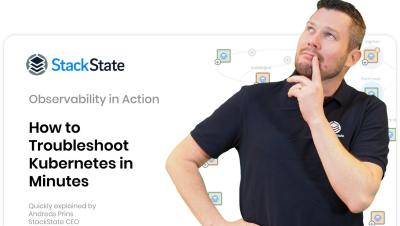Mastering Node Affinity in Kubernetes
In the world of container orchestration, Kubernetes has emerged as the go-to platform for managing and scaling applications. One of the key features that make Kubernetes so powerful is its ability to intelligently schedule pods across nodes in a cluster. Node affinity is a crucial concept in this scheduling process, allowing developers to influence where pods are placed based on node characteristics.




